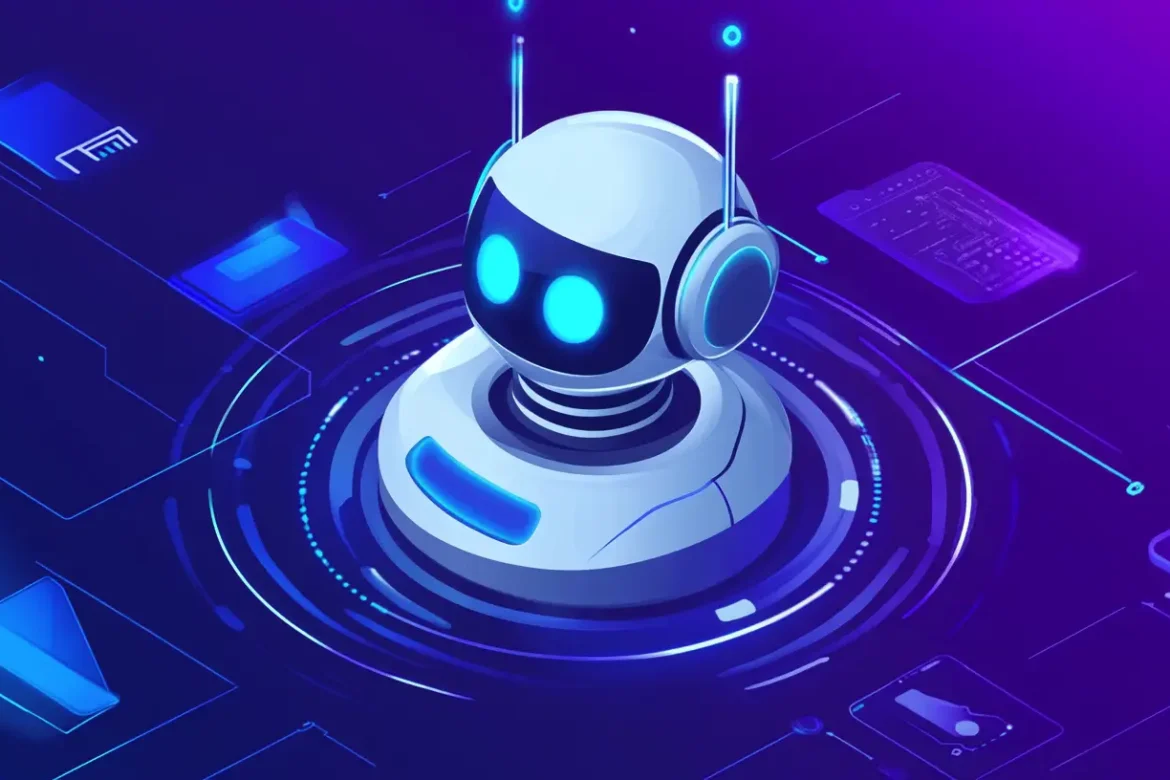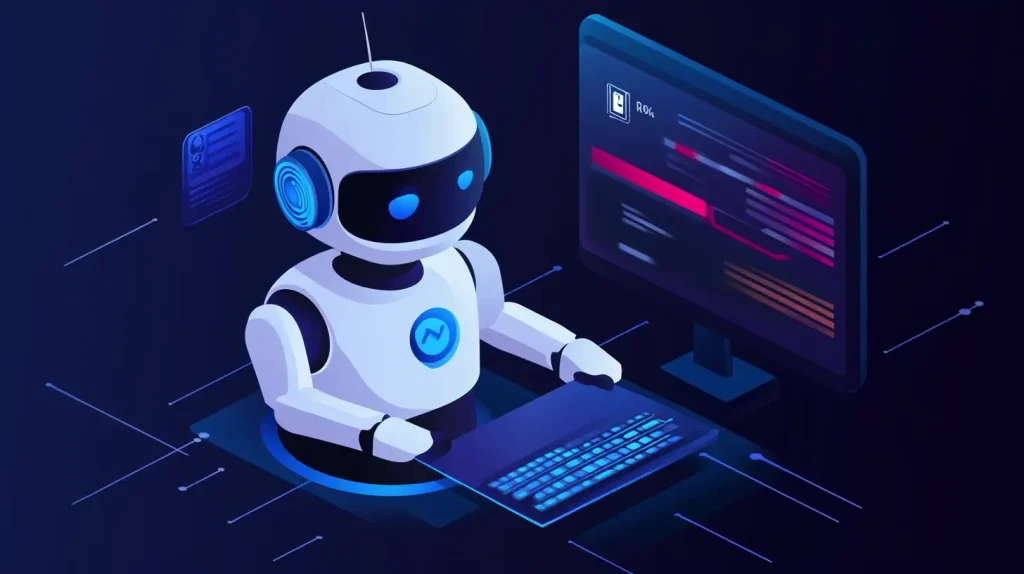
|
Getting your Trinity Audio player ready...
|
In the competitive digital landscape of 2025, small businesses are constantly searching for an edge. Customers expect instant responses, personalized interactions, and 24/7 availability—a tall order for small teams with limited resources. This is where the strategic implementation of customer support automation becomes not just a luxury, but a critical component of growth. For e-commerce stores and service-based companies, the pressure is even more intense. Every missed query is a potential lost sale, and every delayed response can tarnish a hard-earned reputation.
The solution? AI-powered chatbots. These intelligent virtual assistants are no longer the clunky, frustrating bots of the past. Modern AI chatbots offer sophisticated, human-like conversations that can resolve complex issues, generate leads, and provide invaluable data. This guide will walk you through everything you need to know about AI chatbot integration, from a step-by-step setup process to measuring your chatbot ROI. We’ll explore how to transform your customer service from a cost center into a powerful engine for growth.
What Are AI-Powered Chatbots and How Do They Work?
An AI-powered chatbot is an advanced software application that simulates human conversation through text or voice. Unlike basic rule-based bots that follow a rigid script, AI chatbots use technologies like Natural Language Processing (NLP), machine learning (ML), and generative AI to understand, interpret, and respond to user queries in a dynamic and context-aware manner.
The Technology Driving Modern Chatbots
For a small business owner, you don’t need to be a tech expert, but understanding the basics helps in choosing the right platform:
- Natural Language Processing (NLP): This allows the chatbot to understand the intent behind a user’s words, not just the keywords. It can handle typos, slang, and complex sentence structures, making the interaction feel more natural.
- Machine Learning (ML): With every interaction, the chatbot learns and improves. It analyzes conversations to identify patterns, refine its responses, and become more accurate and helpful over time.
- Generative AI: This is the technology behind models like ChatGPT. It enables chatbots to create entirely new, relevant, and coherent responses instead of just pulling from a pre-defined list. This is a game-changer for handling unique and unexpected customer questions.
For your e-commerce or service website, this means the chatbot can act as a frontline employee—answering questions about order status, booking appointments, recommending products, and even troubleshooting basic issues, all without human intervention.

Step-by-Step Guide to AI Chatbot Integration
Implementing an AI chatbot might sound daunting, but modern platforms have made the process surprisingly straightforward. Here’s a clear roadmap for a successful AI chatbot integration.
Step 1: Define Your Goals and Use Case
Before you write a single line of code or sign up for a service, determine what you want the chatbot to achieve. Start small and focused. Common goals for small businesses include:
- Answering Frequently Asked Questions (FAQs): Free up your team from repetitive queries about shipping, returns, or business hours.
- Lead Generation: Qualify website visitors by asking targeted questions and collecting contact information.
- Booking Appointments: Integrate with your calendar to automate scheduling for service-based businesses.
- 24/7 First-Line Support: Provide immediate assistance outside of business hours, creating a support ticket for complex issues.
Step 2: Choose the Right Chatbot Platform
The market is filled with excellent options catering to small businesses. Your choice will depend on your goals, technical comfort level, and budget.
- No-Code/Low-Code Platforms (Recommended for most): These platforms offer intuitive drag-and-drop interfaces, pre-built templates, and easy integration with popular tools like Shopify, WordPress, and Google Calendar.
- Recommended Tools: Tidio, Intercom, Drift, HubSpot Chatbot Builder. These platforms excel in user-friendliness and offer robust features tailored for sales and support.
- Developer-Focused Frameworks: For businesses with unique needs and access to development resources, frameworks like Google Dialogflow or Microsoft Bot Framework offer greater flexibility and customization.
When choosing, look for a platform that integrates seamlessly with your existing website and CRM, and has a pricing plan that can scale with your business.
Step 3: Setup and Configuration
Once you’ve selected a platform, the initial setup is usually quick. You’ll typically add a small snippet of JavaScript code to your website’s header. The real work is in “training” the bot.
- Feed it Knowledge: Start by creating a knowledge base. Upload your existing FAQ pages, product descriptions, return policies, and any other relevant documentation. The AI will use this information to answer questions accurately.
- Design Conversation Flows: For specific tasks like booking a meeting or qualifying a lead, you’ll design a conversation flow. This is a visual map of the conversation path, guiding the user with questions and prompts to collect the necessary information. Modern platforms make this as easy as creating a flowchart.
Step 4: Train, Test, and Refine
Your chatbot is like a new employee—it needs training.
- Internal Testing: Before going live, have your team interact with the chatbot. Ask it every question you can think of, try to break it, and identify areas where its responses are weak or incorrect.
- Soft Launch: Release the chatbot to a small segment of your website traffic. Monitor the conversations closely to see how real users interact with it.
- Gather Feedback: Use the chatbot’s analytics to see which questions it fails to answer. This is invaluable data. Use it to expand your knowledge base and refine your conversation flows. The goal is continuous improvement.
Key Benefits of Customer Support Automation
Integrating an AI chatbot delivers tangible benefits that are especially impactful for small, agile teams.
- Drastically Reduced Workload: By handling up to 80% of routine inquiries, a chatbot frees up your human agents to focus on high-value, complex issues that require a human touch. This prevents burnout and allows your team to be more productive.
- Instantaneous 24/7 Responses: In an on-demand world, waiting hours for a reply is a deal-breaker. A chatbot provides immediate answers, day or night, dramatically improving the customer experience and capturing leads you would otherwise miss.
- Enhanced Customer Satisfaction (CSAT): Faster resolution times and consistent, accurate answers lead directly to happier customers. A well-trained chatbot ensures a high standard of service every time, which builds trust and loyalty.
- Proactive Engagement: Instead of just waiting for a customer to ask a question, you can configure your chatbot to proactively engage visitors on key pages (like pricing or checkout) to offer help, provide a discount code, and prevent cart abandonment.
How to Measure Chatbot ROI: The Metrics That Matter
To justify the investment, you need to track your chatbot ROI. Don’t get lost in vanity metrics. Focus on the numbers that directly impact your bottom line.
Essential ROI Metrics
- Cost Savings: This is the most direct ROI metric.
- Formula:
(Number of chatbot-resolved queries per month) x (Average cost per human-handled query) = Monthly Savings - Calculate your average cost per query by factoring in your support agent’s salary, tools, and time.
- Formula:
- Agent Time Saved: Track how many hours your team saves each week. This time can be reinvested in sales, marketing, or product development.
- First Response Time (FRT): Your chatbot’s FRT should be nearly zero. Compare this to your pre-chatbot average to demonstrate a clear improvement in customer experience.
- Resolution Rate: What percentage of conversations does the chatbot resolve without needing to escalate to a human agent? A good starting goal is 60-70%, with the aim to increase this as you refine the bot.
- Lead Conversion Rate: How many conversations result in a qualified lead (e.g., a collected email address or a booked demo)? Track this to prove the chatbot’s value as a sales tool.
- Customer Satisfaction (CSAT) Score: At the end of a chat, ask users to rate their experience. A simple “Was this helpful? 👍/👎” can provide a constant stream of feedback on the chatbot’s performance.
Basic ROI Calculator Template
Use this simple template to get a quick estimate of your potential ROI.
| Metric | Your Value |
| A. Number of Support Queries per Month | 1000 |
| B. Percentage Handled by Chatbot | 70% |
| C. Queries Resolved by Chatbot (A * B) | 700 |
| D. Average Time per Human Query (minutes) | 5 |
| E. Hourly Cost of Support Agent | $20 |
| F. Cost per Human Query (D/60 * E) | $1.67 |
| G. Monthly Cost Savings (C * F) | $1,169 |
| H. Monthly Chatbot Platform Cost | -$49 |
| Net Monthly ROI (G – H) | $1,120 |
This calculation doesn’t even include the value of new leads generated or the long-term impact of increased customer loyalty.
Case Studies & Common Pitfalls
Success Story: An Online Boutique
An e-commerce store selling handmade jewelry was overwhelmed with questions about shipping times, materials, and custom orders. After implementing an AI chatbot, they automated 85% of these routine queries. This freed up the owner to focus on design and marketing. The chatbot also used proactive messages on the checkout page to offer a 10% discount to hesitant buyers, reducing cart abandonment by 15% in the first three months.
Common Pitfalls to Avoid
- Over-promising: Don’t brand your chatbot as a “human.” Be transparent that it’s a virtual assistant. This manages expectations and prevents frustration.
- Forgetting the Human Handoff: The chatbot will not be able to solve everything. Ensure there is a clear and easy way for a user to request to speak with a human agent at any point in the conversation.
- Set-It-and-Forget-It Mentality: A chatbot is not a one-time setup. You must regularly review its conversations, update its knowledge base, and optimize its performance based on real-world data.
- Poor Knowledge Base: The chatbot is only as smart as the information you give it. A sparse or outdated knowledge base is the number one reason for chatbot failure.
Conclusion: Your Next Step Towards Effortless Growth
For small businesses in 2025, customer support automation is no longer a futuristic concept—it’s a practical and accessible strategy for survival and growth. By implementing an AI-powered chatbot, you can deliver the instant, high-quality service that modern customers demand without scaling your headcount. The benefits are clear: a reduced workload for your team, faster response times for your customers, and a measurable, positive chatbot ROI.
The key to success is a strategic approach: start with clear goals, choose the right platform, and commit to a cycle of testing and refinement. The technology is here, and it’s more powerful and user-friendly than ever.
Ready to unlock the power of automation for your business?
Don’t let your competitors get ahead. At Krotov Studio, we specialize in seamless AI chatbot integration tailored for small businesses. We handle the technical setup, training, and optimization so you can focus on what you do best—running your business.
